Spanish National Parks
There are sixteen National Parks in Spain, protecting and showcasing the immense geographical and biological variety of the country. They include everything from vast mountainous areas such as the Picos de Europa or Ordesa and Monte Perdido to over 200 lakes in Aigüestores i Estany de Sant Maurici National Park, marshes that are a refuge for thousands of birds such as Doñana National Park and volcanic landscapes in Teide National Park.
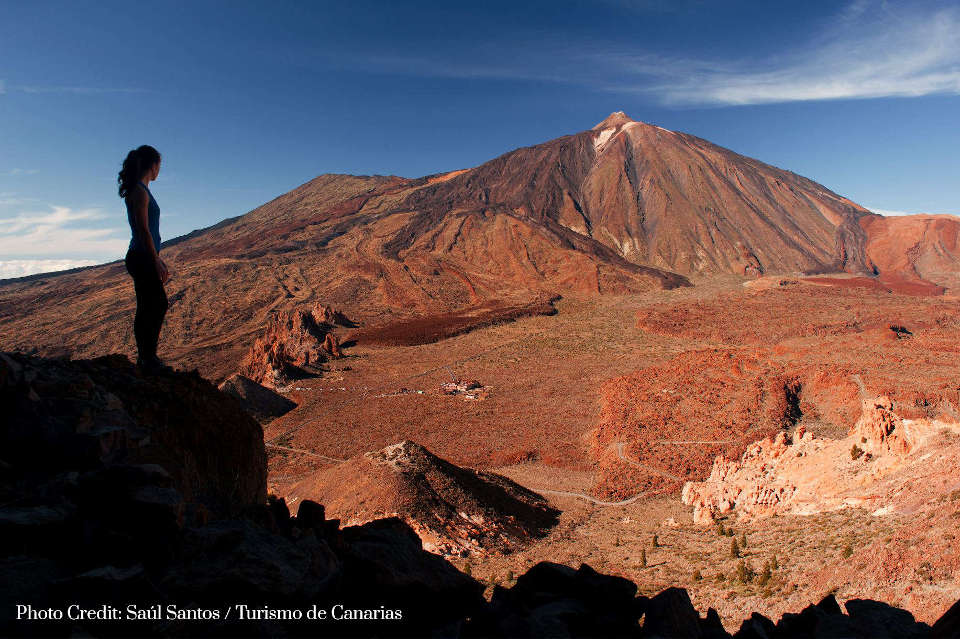
So starting in the south, the Canary Islands are home to four national parks, on La Palma, La Gomera, Tenerife and Lanzarote. While national parks generally are often renowned for their flora and fauna, Teide and Timanfaya on Tenerife and Lanzarote respectively appear to celebrate an absence of life. Although this is not strictly true, the raw beauty of the barren volcanic landscapes make these places something very special, and their proximity to more typical holiday destinations around the coasts of the islands make them accessible too.
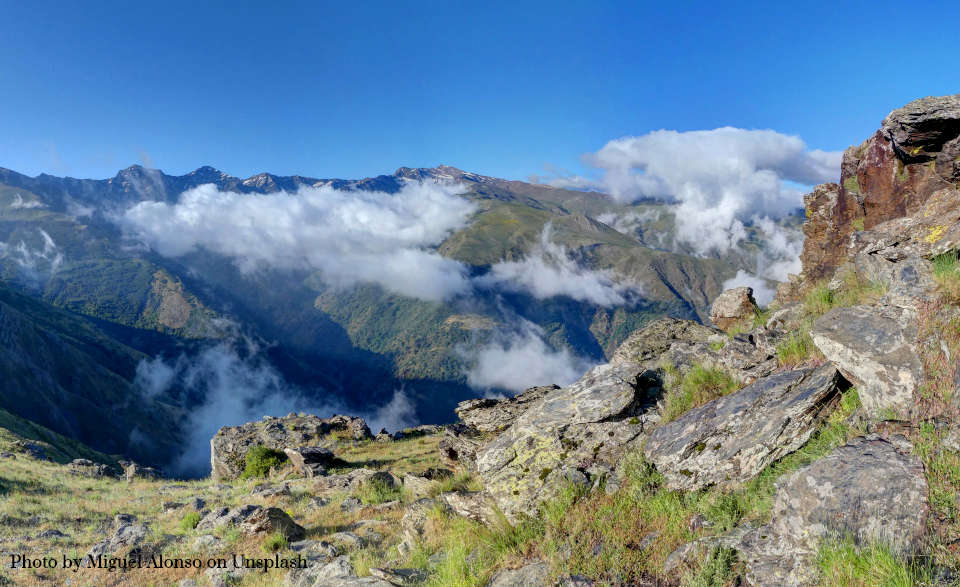
Famous for the most southerly ski resorts in Europe, the Sierra Nevada is the place where you can supposedly ski in the morning and pop down to the beach for some sunbathing in the afternoon. 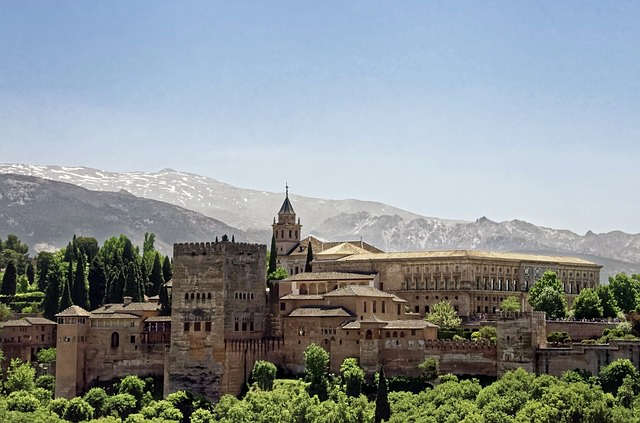 For most people though, a visit outside of winter might be preferred, when there are ample opportunities for walking and every other sort of outdoor activity. At the heart of the Sierra Nevada too, is the ancient Moorish capital of Granada. For most of the year, a view of the Alhambra is accompanied by a backdrop of the snowy peaks of the Sierra Nevada.
For most people though, a visit outside of winter might be preferred, when there are ample opportunities for walking and every other sort of outdoor activity. At the heart of the Sierra Nevada too, is the ancient Moorish capital of Granada. For most of the year, a view of the Alhambra is accompanied by a backdrop of the snowy peaks of the Sierra Nevada.
On the other side of the Iberian Peninsula is the Coto Doñana National Park, just north of Cadiz. This area of marshland forest and grasslands is the refuge of two important endangered species, the Iberian Lynx ands the Imperial Eagle.
The whole point of national parks is to protect the environment of course, and the most protected of all is Cabrera, an island and its surrounding waters a little way off the south-east corner of Mallorca. 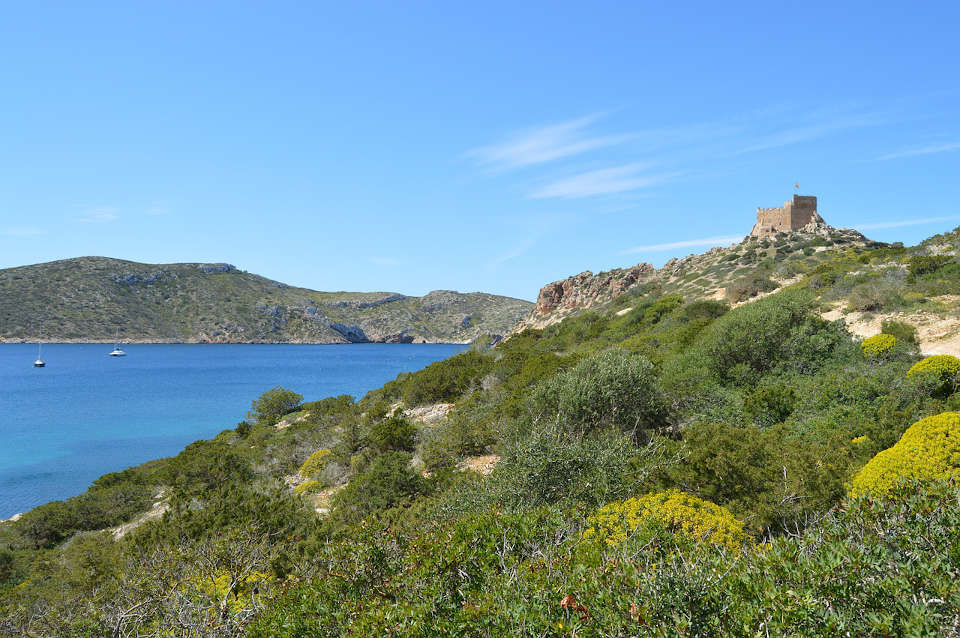 The only way to reach Cabrera is by boat from Mallorca, so be sure to book in advance because numbers are limited.
The only way to reach Cabrera is by boat from Mallorca, so be sure to book in advance because numbers are limited. 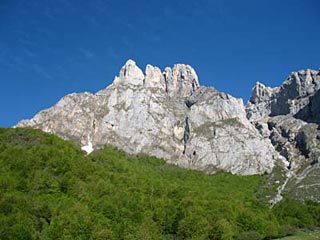 On reaching the island the landscape is as spectacular and unspoilt as one might expect, and the return trip in the afternoon brings a wonderful climax. The afternoon sun brings to the Blue Cave an amazing luminescence like sapphire. For birdwatchers, Cabrera is also on the migratory route of 150 different species of birds.
On reaching the island the landscape is as spectacular and unspoilt as one might expect, and the return trip in the afternoon brings a wonderful climax. The afternoon sun brings to the Blue Cave an amazing luminescence like sapphire. For birdwatchers, Cabrera is also on the migratory route of 150 different species of birds.
The Picos de Europa are one of the best-known areas of exceptional natural beauty in Spain. Part of the mountain chain that runs all along the north coast of Spain, the Picos are located in Asturias and Cantabria. As the rocky peaks reach for the sky, they are surrounded by lakes, cliffs, forests, wildlife (including brown bears) and ancient villages. Truly special.
Finally we arrive in the north-west corner of Spain, in the Islas Atlánticas National Park. The deeply-indented coast of the Rias Bajas along with the nearby islands make this a magical place. There are rocky headlands and sandy dunes, and most importantly deep blue waters and long crescent-shaped beaches of pearly-white sand. Galicia is the Celtic quarter of Spain, so it unsurprisingly bears more than a passing resemblance to Cornwall and Brittany.
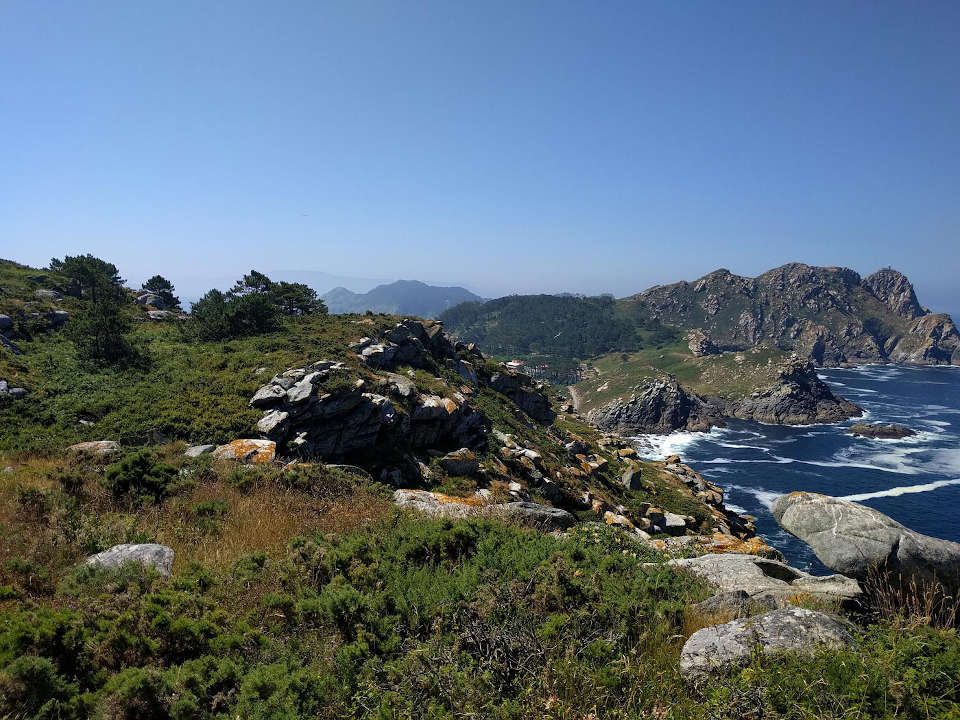
We don't have room for information on every National Park in Spain, but here is the full list:
Aigüestortes i Estany de Sant - Lleida, Catalonia
Archipiélago de Cabrera = Balearics
Parque Nacional de Cabañeros - Toledo
Caldera de Taburiente - La Palma, Canaries
Doñana - Huesca, Andalucia
Garajonay - La Gomera, Canaries
Islas Atlánticas - Galicia
Monfragüe - Extremadura
Ordesa y Monte Perdido - Huesca, Pyrenees
Picos de Europa - Asturias and Cantabria
Sierra de Guadarrama - Madrid
Sierra Nevada - Granada, Andalucia
Tablas de Daimiel - Ciudad Real
Teide - Tenerife
Timanfaya - Lanzarote
Sierra de las Nieves - Málaga, Andalucia
29 Dec 2021, 11:34